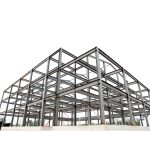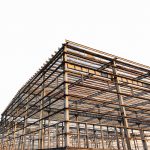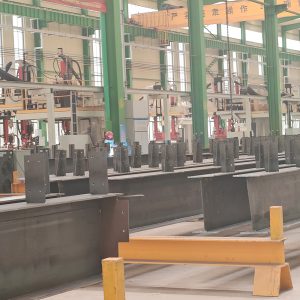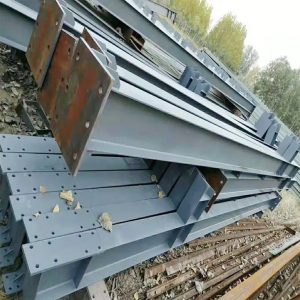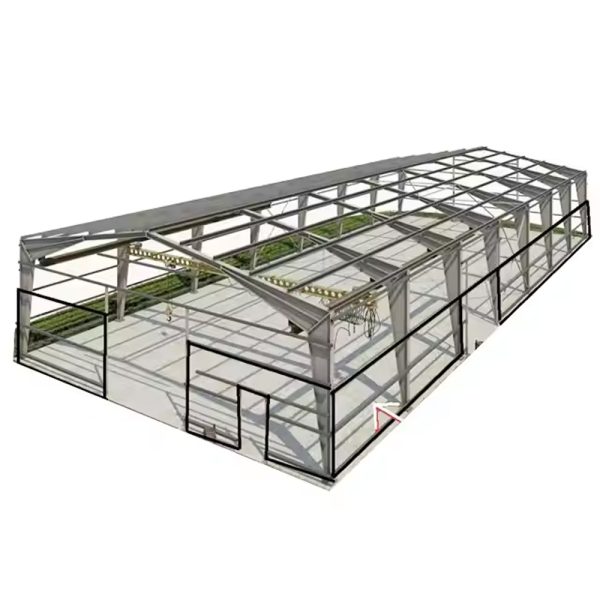
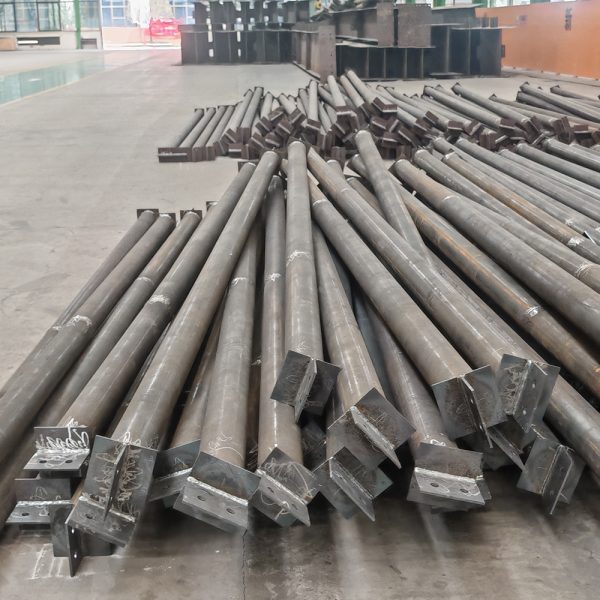
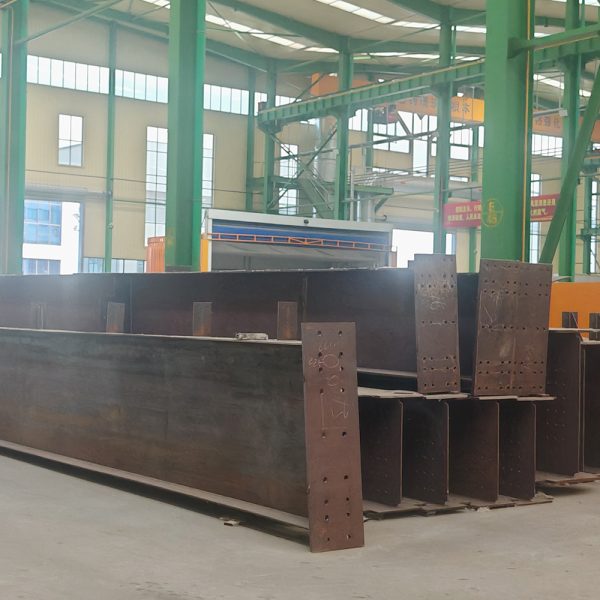
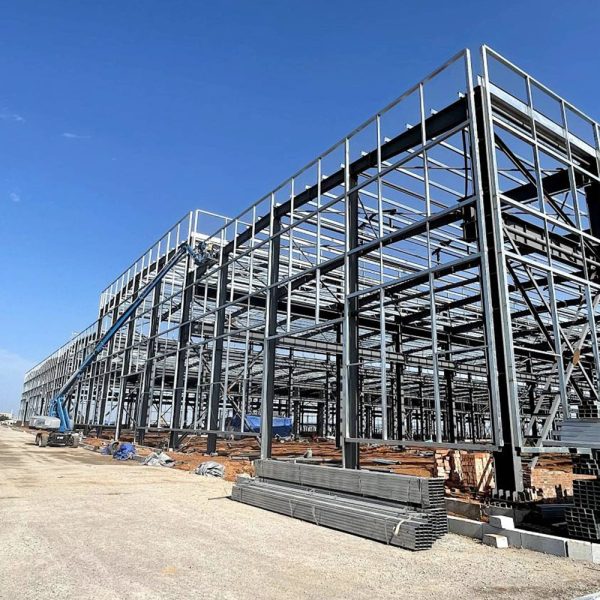
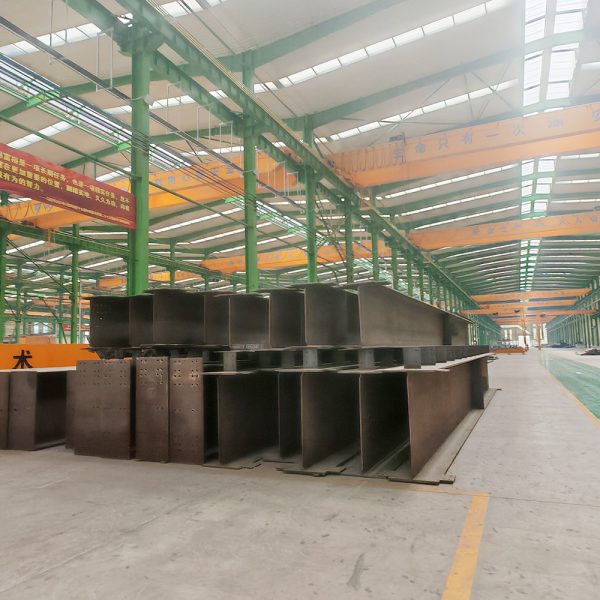
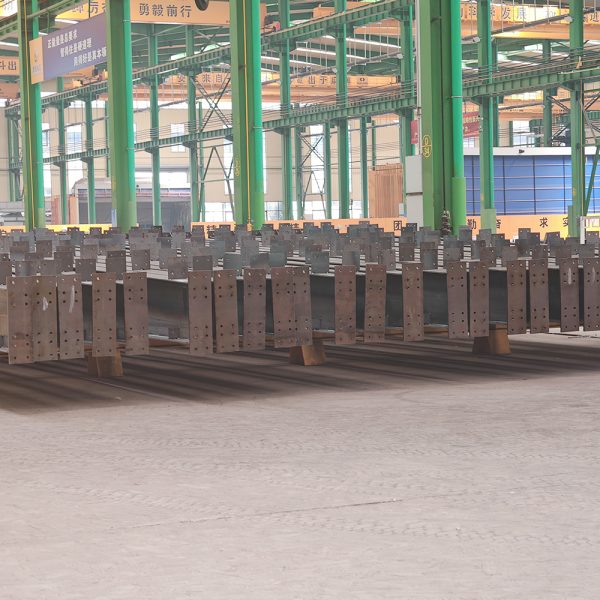

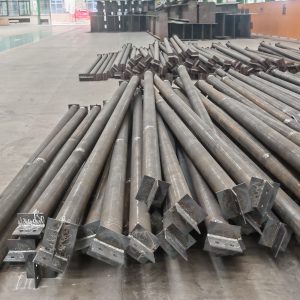
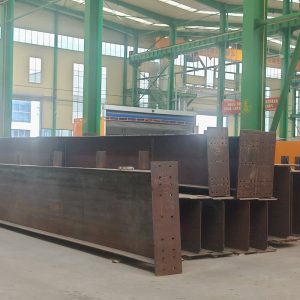
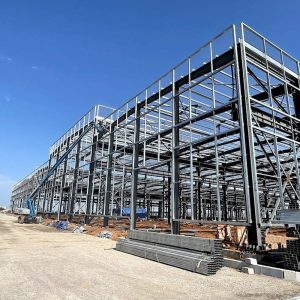
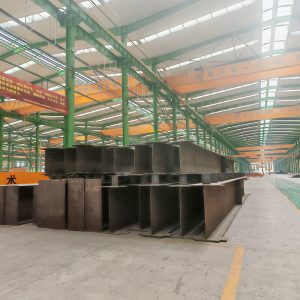
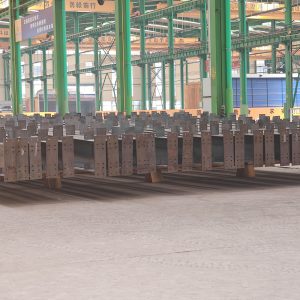
Steel Structures
A steel structure is a metal structure formed by steel components linked together to transmit and bear loads. Thanks to the high tensile strength of steel, this structure is very solid and requires less material than other types of structures, such as concrete or timber structures.
A steel structure is an assembly of steel components engineered to support loads and provide structural integrity. It’s characterized by its high strength-to-weight ratio, allowing for large spans and heights with minimal material use. Steel structures are versatile, used in buildings, bridges, and industrial facilities. They consist of various shapes like I-beams and plates, connected through welding or bolting. The design of steel structures follows strict standards to ensure safety and performance.
Steel structures are categorized based on their shapes and applications, each contributing uniquely to the strength and stability of constructions. The primary types include:
Profiles: These are the basic forms like I-beams, channels, and angles, which are fundamental in construction for their load-bearing capabilities.
Plates: Utilized in floors and bridges, plates can vary from thin sheets to thick, heavy plates depending on structural requirements.
Structural pipes: Circular sections used in trusses and columns, offering both strength and aesthetic appeal.
High-Quality Profiles: These are specialized shapes, often custom-made for specific engineering demands.
Each type is chosen for its particular properties, such as tensile strength, ductility, and corrosion resistance, to ensure the integrity and longevity of the structure. Advanced types like Light-Gauge Steel and Web-Truss Buildings are also prevalent, especially in low-rise constructions for their efficiency and cost-effectiveness. Understanding these types is crucial for architects and engineers to design structures that are not only safe and sturdy but also economical and suitable for their intended use.
Structural steel – properties
Structural steel is a cornerstone in construction, renowned for its strength, ductility, and weldability. Its properties are meticulously standardized to ensure reliability in various applications. Key attributes include:
Strength: It has a high yield point, enabling it to withstand significant stress without permanent deformation.
Ductility: The ability to stretch without breaking allows for flexibility in design and resilience under load.
Toughness: Structural steel can absorb energy, making it resistant to impact and sudden forces.
Weldability: Its composition allows for strong, reliable joints, which is crucial for the integrity of welded structures.
Moreover, structural steel exhibits a uniform quality and dimensional stability, with a modulus of elasticity typically around 200 GPa. Its density ranges from 7750 to 8100 kg/m3, providing a robust yet manageable framework for industrial applications. These properties make structural steel an indispensable material in modern engineering and construction.
Steel structures – applications
Steel structures are integral to modern infrastructure, serving diverse applications such as high-rise buildings, industrial plants, bridges, and transportation networks. Their adaptability makes them suitable also for warehousing and even architectural art installations, showcasing the material’s versatility and strength.
Application

Agricultural Modernization
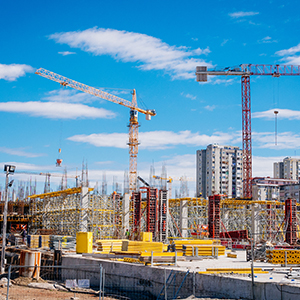
Construction Engineering
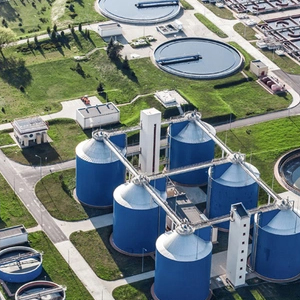
Environmental Protection Engineering
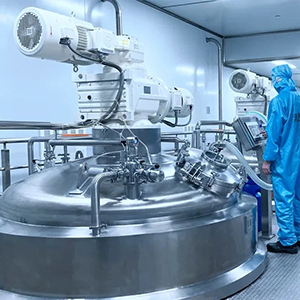
Food Processing Industry

Intelligent Home Appliances

Medical and Health Field

New Energy Infrastructure


